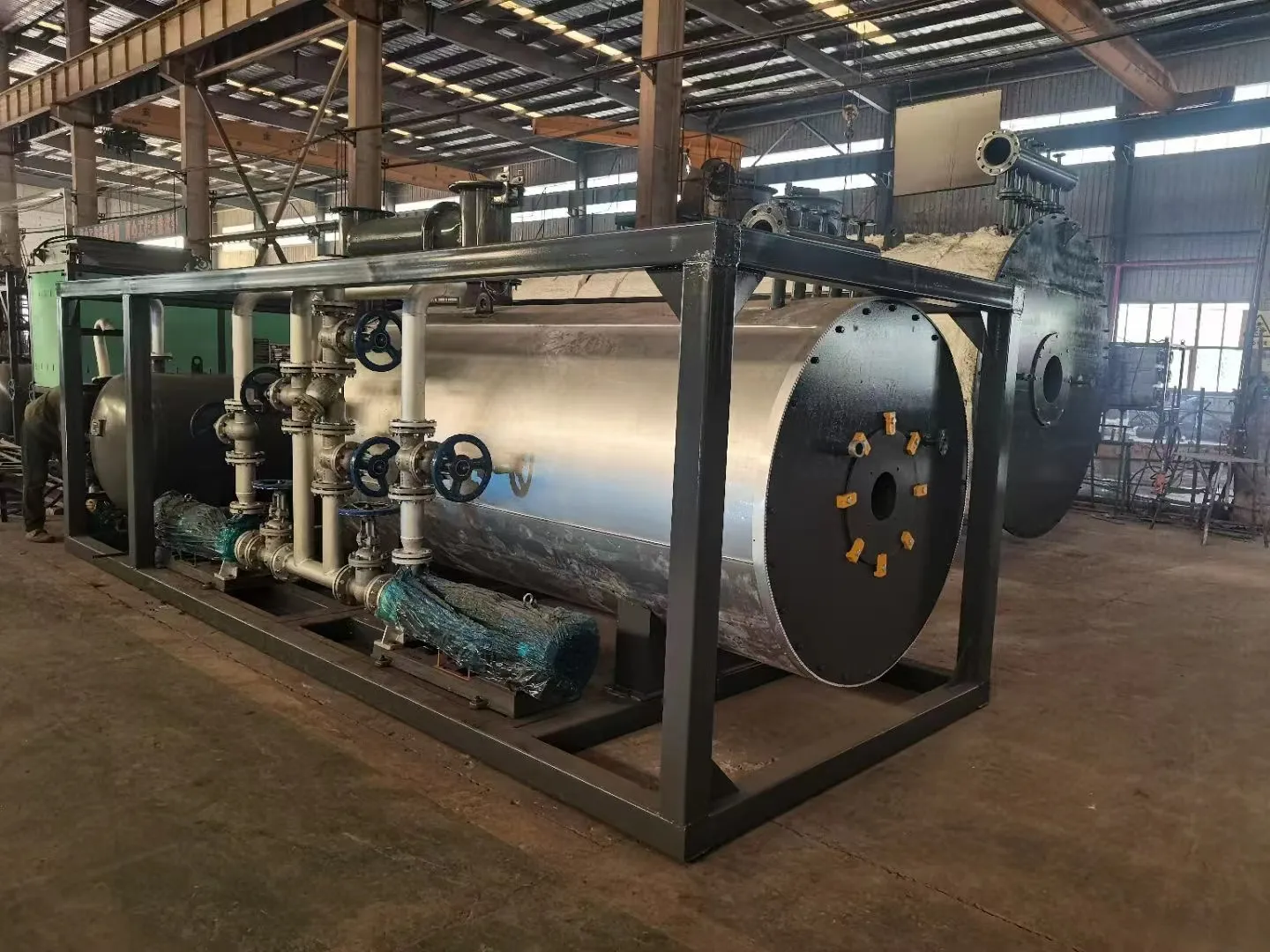skid type boiler service
Understanding Skid Type Boiler Service
In today's industrial landscape, steam generation plays a vital role in various processes, and the efficiency of this system can significantly impact operational productivity. One popular solution for industries requiring steam and hot water is the skid type boiler system. A skid type boiler, often pre-assembled and mounted on a frame or “skid,” facilitates easier installation and transport, which is beneficial for many applications. To ensure prolonged performance and reliability, understanding the service needs of skid type boilers is essential.
What is a Skid Type Boiler?
A skid type boiler is a modular boiler system that is prefabricated in a controlled manufacturing environment and assembled onto a single structural frame or skid. This design simplifies both installation and relocation, as the entire unit can be transported easily to where it is needed, whether in remote locations or tight industrial spaces. Skid type boilers are designed to be compact, efficient, and user-friendly, making them an attractive choice for businesses looking to minimize downtime and optimize their boiler operations.
Importance of Regular Service
Regular servicing of skid type boilers is crucial to ensure optimal performance and maintain safety standards. Like all mechanical systems, these boilers are subject to wear and tear over time, which can lead to decreased efficiency, increased fuel consumption, and potential failures. Routine maintenance checks can help identify potential issues before they escalate into major problems. It’s typically recommended that businesses conduct yearly comprehensive inspections and servicing, in addition to regular operational checkups.
Key Service Components
A complete skid type boiler service involves several key components
1. Inspection and Testing Each boiler should undergo a thorough inspection to assess its overall condition. This includes checking the integrity of pressure vessels, pipes, and valves. Additionally, any control systems should be tested to ensure they function correctly.
skid type boiler service

2. Cleaning Over time, boilers accumulate soot and scale deposits, which can impede functionality and efficiency. Regular cleaning of the combustion chambers, heat exchangers, and flue passages is necessary to maintain peak performance levels.
3. Safety Checks Safety devices, such as pressure relief valves and floor drains, must be routinely inspected to ensure they are operational. Proper functioning of these components is key in preventing hazardous situations.
4. Fluid Levels and Quality Both water and fuel quality must be monitored. Water should be tested for contaminants that could cause scaling or corrosion, while fuel quality checks ensure the combustion process is efficient.
5. Operational Adjustments During servicing, technicians may need to adjust the boiler settings to ensure the system operates under optimized parameters for efficiency and effectiveness.
6. Documentation Keeping detailed records of all service activities is important for compliance and accountability. Documentation aids in tracking service schedules, repairs, and performance trends over time.
Choosing the Right Service Provider
When selecting a service provider for your skid type boiler, it is essential to choose a company experienced in boiler systems. They should have certified technicians capable of handling various make and models. Look for providers who offer comprehensive service packages, including emergency services, to ensure that help is available when needed.
Conclusion
In conclusion, the skid type boiler is a highly efficient and versatile option for many industries that rely on boiler systems. However, their efficiency and longevity are heavily dependent on regular servicing and maintenance. By establishing a routine maintenance schedule and working with a qualified service provider, businesses can ensure their skid type boilers operate at peak performance, minimizing unplanned downtimes and extending their operational lifetime. Investing in maintenance is an investment in the overall productivity and safety of industrial processes.
-
Commercial Hot Water Boiler - Reliable Supplier & Factory Direct Price for Efficient Heating SolutionsNewsJul.07,2025
-
Top Hot Oil Boiler Manufacturer - Reliable Thermal Oil & Coal Fired Boiler Manufacturer ManufacturerNewsJul.07,2025
-
High-Efficiency Hotel Hot Water Boiler – Leading Exporters & Quotes for HotelsNewsJul.07,2025
-
High-Efficiency Electric Steam Boiler Reliable Products & Service Leading CompaniesNewsJul.06,2025
-
High-Efficiency Biomass Pellet Boiler Reliable Steam Boiler Service & QuotesNewsJul.06,2025
-
High-Efficiency Thermal Oil Boiler for Asphalt Plant – Reliable Supplier & Factory Direct ProductNewsJul.06,2025

